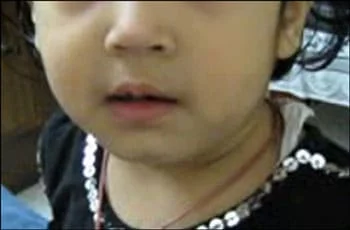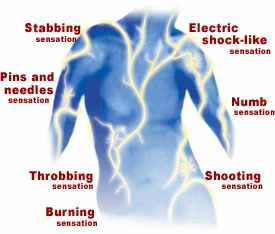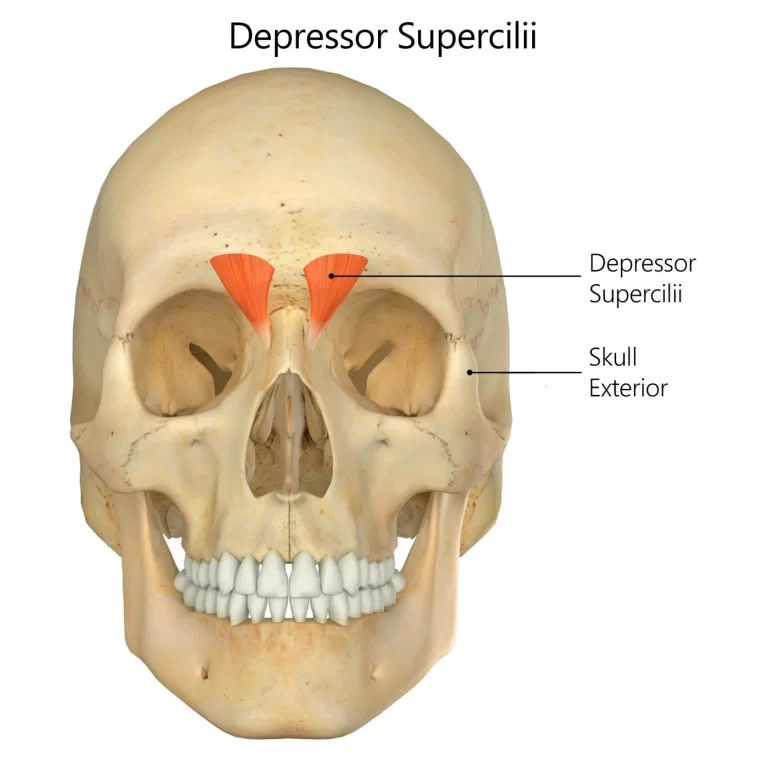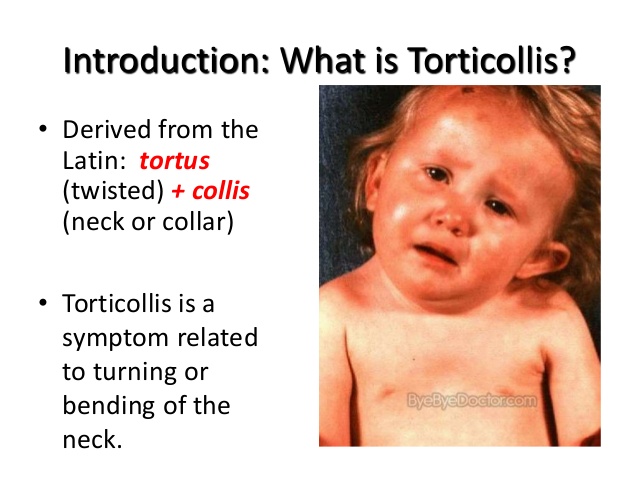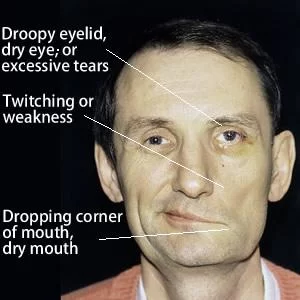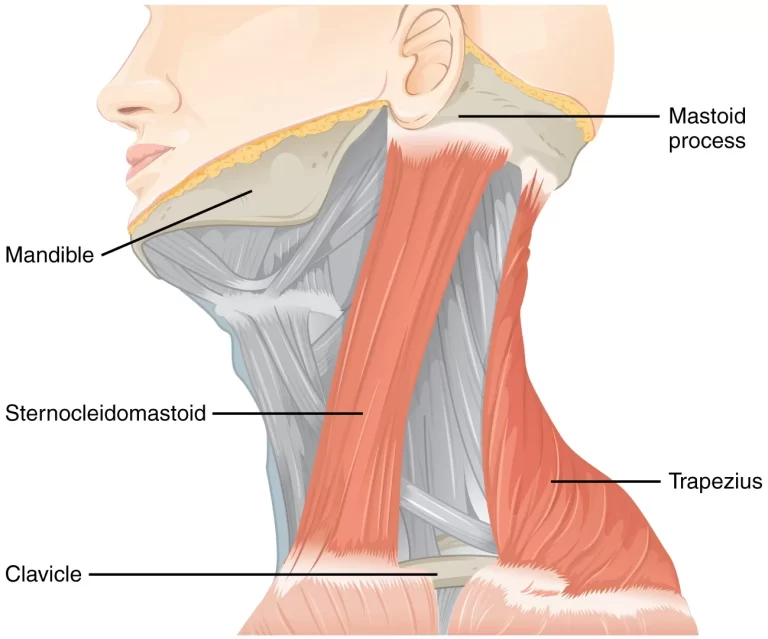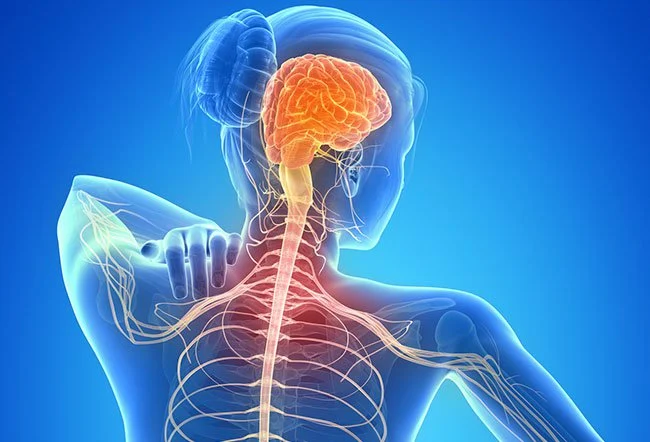Geniospasm
What is a Geniospasm?
Geniospasm is a rare movement disorder that causes episodes of involuntary tremors of the chin and lower lip. The tremors can be mild or severe and may last from a few seconds to hours. They can occur spontaneously or be triggered by stress, excitement, or fatigue. Geniospasm usually begins in childhood and may improve with age, but it can persist throughout life.
Cause of Geniospasm
The exact cause of geniospasm is unknown, but it is believed to be caused by a mutation in a gene that controls the movement of the mentalis muscle, the muscle that raises and lowers the chin. Geniospasm is inherited in an autosomal dominant pattern, which means that a person needs only one copy of the mutated gene to develop the disorder.
Symptoms
The V-shaped muscle experiences symmetrical motions that are made up of quick fluttering or shaking at a frequency of roughly 8 Hz overlaid upon a movement that occurs once every three seconds but has a larger amplitude.
Treatment
There is no cure for geniospasm, but there are treatments that can help to reduce the severity and frequency of the tremors. The most common treatment is botulinum toxin (Botox) injections into the mentalis muscle. Botox works by paralyzing the muscle, which stops the tremors. The injections typically need to be repeated every 3-6 months.
Other treatments that may be helpful for geniospasm include:
- Anticonvulsant medications, such as clonazepam (Klonopin) and levetiracetam (Keppra)
- Beta-blockers, such as propranolol (Inderal)
- Sedatives, such as diazepam and alprazolam
- Surgery may be considered as an option for people with severe geniospasm that does not respond to other treatments. Surgery involves severing the nerve that supplies the mentalis muscle. This stops the tremors, but it also results in permanent paralysis of the muscle.
Geniospasm can be a challenging condition to live with, but it is important to remember that it is not a life-threatening disorder. With the right treatment, most people with geniospasm can live full and active lives.
Besenval von Ludwig originally wrote about GSM in 1805; Massaro first published it in 1894 in an Italian medical journal, and Companies first published it in English literature in 1922. Since then, only 50 families with GSM have been recorded, primarily from European and North American nations. Only 5 impacted Asian families have been identified thus far, and they are from India, South Korea, and Japan.
FAQs
How rare is geniospasm?
Only 23 families worldwide were known to have the illness as of a 1999 research, however, this number may have been underreported. Autosomal dominant inheritance is violently dominating.
What is the reason for chin shivering?
Geniospasm, often known as chin-trembling, is an uncommon movement disease caused by constant or sporadic tremulous activation of the mentalis muscle. It might be sporadic or familial (autosomal-dominant).
How do you treat hereditary geniospasm?
Geniospasm, often known as chin-trembling, is an uncommon movement disease caused by constant or sporadic tremulous activation of the mentalis muscle. It might be sporadic or familial (autosomal-dominant).
References
- Teng, L., Abd Hadi, D., Anandakrishnan, P., Murugesu, S., Khoo, T., & Mohamed, A. R. (2022). Geniospasm: A systematic review on natural history, prognosis, and treatment. Brain and Development, 44(8), 499-511. https://doi.org/10.1016/j.braindev.2022.05.005
- Geniospasm. (2022, July 7). In Wikipedia. https://en.wikipedia.org/wiki/Geniospasm
- Hull, D. M., & Parnes, M. (2020). Effective Treatment of Geniospasm: Case Series and Review of the Literature. Tremor and Other Hyperkinetic Movements, 10. https://doi.org/10.5334/tohm.141

